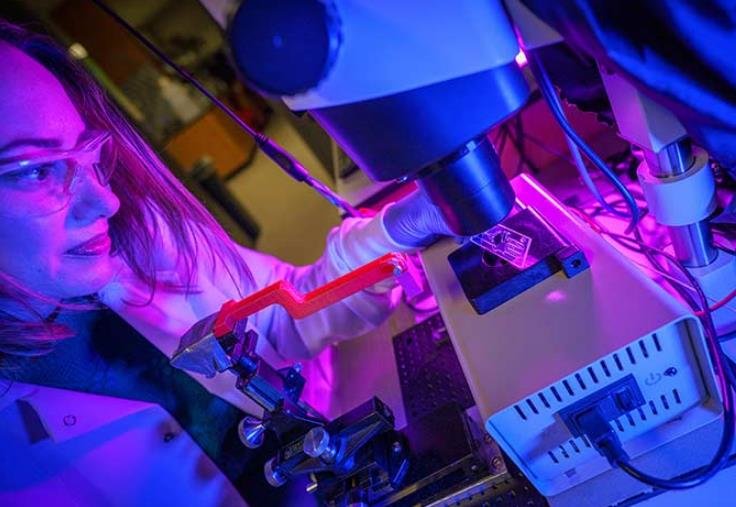As the global prevalence of myopia continues to rise, innovative technological solutions are emerging to address this growing vision crisis. With over 2 billion people affected worldwide and projections suggesting nearly half of the global population will be myopic by 2050, the need for effective management strategies has never been more urgent. Nikkhil Masurkar, CEO of Entod Pharmaceuticals, highlights the pivotal role of technological advancements in combating myopia, emphasizing the transformative potential of AI and digital health technologies.
Artificial intelligence (AI) is revolutionizing the field of myopia management. AI-driven deep learning models are enabling large-scale screening and prediction of myopia progression. These models can analyze vast amounts of data to identify patterns and predict the likelihood of myopia development in individuals. This capability significantly reduces the strain on healthcare resources by allowing for early intervention and targeted treatment plans.

Moreover, AI applications are advancing our ability to detect high myopia and associated complications with greater accuracy. By integrating various data sources, multimodal AI models provide a comprehensive view of a patient’s eye health, facilitating more precise diagnoses and personalized treatment plans. These innovations are not just theoretical; they are being actively developed and implemented to ensure secure, effective myopia care.
The use of explainable AI (XAI) and blockchain technology further enhances the reliability and transparency of AI-driven myopia management solutions. XAI helps clinicians understand and trust AI predictions, while blockchain ensures the security and privacy of patient data. Together, these technologies are paving the way for a new era in myopia management.
Digital Health Technologies Transforming Care
Digital health technologies are playing a crucial role in transforming myopia management. Telehealth platforms enable remote consultations and monitoring, making it easier for patients to access care. This is particularly beneficial for individuals in remote or underserved areas who may not have easy access to eye care specialists. Digital therapeutics, such as self-monitoring applications and virtual reality (VR) tools, offer novel approaches to managing myopia.
For instance, VR and augmented reality (AR) technologies are being explored for their potential to control myopia progression. These tools simulate environments that may help in reducing eye strain and improving visual health. Ongoing research is investigating the effectiveness of these technologies in real-world settings, with promising results.
Wearable devices are another innovation transforming myopia management. These devices can track eye movements and provide real-time feedback to users, helping them adopt healthier visual habits. By integrating these digital solutions into daily life, patients can take a proactive role in managing their myopia, potentially slowing its progression and improving overall eye health.
Collaborative Efforts and Future Prospects
The fight against myopia requires collaborative efforts from researchers, healthcare professionals, and technology pioneers. By working together, these stakeholders can develop and implement innovative solutions that address the myopia epidemic. The integration of cutting-edge technology with compassionate care is essential for creating effective and sustainable myopia management strategies.
Future prospects for myopia management are promising, with ongoing advancements in AI, digital health, and wearable technologies. As these innovations continue to evolve, they hold the potential to significantly improve the quality of life for individuals affected by myopia. By embracing these technological advancements, the global community can make strides towards mitigating the impact of myopia and ensuring better eye health for future generations.
The journey towards better myopia management is just beginning, and the convergence of technology and healthcare offers a beacon of hope. With continued research and development, the future of myopia management looks bright, promising a world where myopia is effectively managed and its progression significantly reduced.








